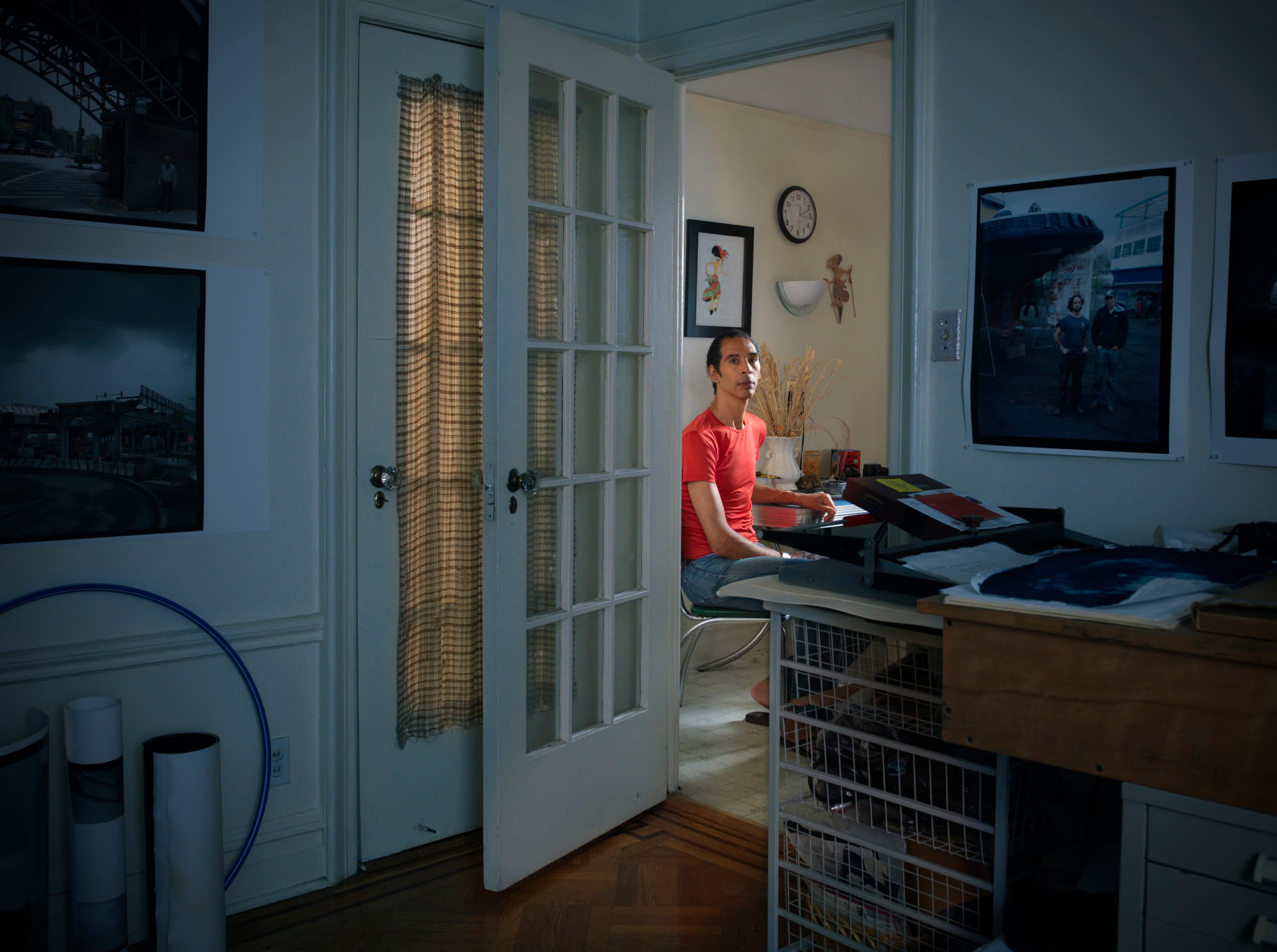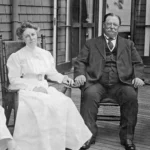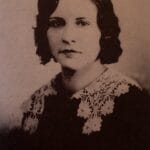Carol Shepp McCain’s life was a tapestry woven with threads of glamour, resilience, and quiet strength. From gracing magazine covers as a sought-after model to navigating the complexities of Washington D.C.’s political scene, her journey was far from ordinary. This article delves into the untold chapters of Carol Shepp’s life, exploring her early years, her marriage to John McCain, and the remarkable resilience she displayed throughout life’s triumphs and tribulations.
A Life Beyond the Headlines: Carol Shepp’s Multifaceted Journey
Carol Shepp’s story extends far beyond her marriage to John McCain. Born in Pennsylvania in either 1937 or 1938 to Joseph and Mary Shepp, she spent her childhood in Lansdowne. Standing tall at 5’8″, she embarked on a successful modeling career, becoming a recognizable face in magazines and advertisements, notably for Jantzen swimwear. Imagine a time before the ubiquity of social media, when magazine covers held the power of today’s Instagram influencers; Shepp was a star in that era. In 1958, she married Alasdair E. Swanson, a union that ended in divorce in 1964.
Her life took a dramatic turn in 1965 when she married Cecil Walter Hardy Beaton‘s contemporary, John McCain, embracing the role of wife and mother to his two sons, Douglas and Andrew, whom she adopted. The couple welcomed their daughter, Sidney, soon after. This suggests a woman ready to embrace family life, but fate had other plans.
John McCain’s capture and imprisonment during the Vietnam War marked a turning point. While he endured the hardships of captivity, Carol faced her own battles on the home front, raising their three children largely on her own amid the constant worry and uncertainty of her husband’s fate. Tragedy struck again in the form of a devastating car accident, leaving her with significant physical injuries requiring multiple surgeries. This period likely tested her resilience immensely, demanding strength and fortitude beyond measure.
Despite these trials, Carol emerged as a figure of grace and dignity. She navigated the complexities of Washington D.C., serving as the Director of the White House Visitors Office during the Reagan administration (1981-1987). This position probably demanded exceptional organizational skills and a talent for diplomacy, meeting people from all walks of life. Later, she became a spokesperson for Washington, Inc., an events planning company, showcasing her adaptability and professional acumen. This career shift reveals a woman determined to forge her own path, independent of her husband’s political trajectory.
Her marriage to John McCain ended in a highly publicized divorce in 1980, shortly after his return from Vietnam and his burgeoning political career. While the reasons behind their separation remain private, it’s likely the strain of his captivity, coupled with the demands of his political life, contributed to the breakdown. John quickly remarried Cindy Hensley, adding another layer of complexity to the situation.
Remarkably, despite the painful circumstances, Carol maintained a cordial relationship with John, even supporting his political campaigns. This demonstrates a level of maturity and respect that speaks volumes about her character. In a People magazine interview, she expressed her continued love and support for him, even in his final days, a testament to her unwavering compassion. After her career in Washington, Carol retired to Virginia Beach. Details about her life after retirement remain largely unexplored, offering an intriguing avenue for future research.
Deconstructing the Narrative: John McCain’s Divorce Revisited
The dissolution of John and Carol’s marriage was a complex affair, likely influenced by several factors. While pinpointing a single cause is impossible, the long-term effects of his 5 1/2-year captivity in Vietnam likely played a significant role. The trauma he endured might have created an emotional chasm, making it challenging to reconnect with his wife upon his return. Simultaneously, Carol’s experiences during his absence—the sole responsibility of raising their children, the devastating car accident, and the years of uncertainty—likely fostered personal growth and change, potentially creating a distance between them.
John’s entry into politics also introduced new pressures and priorities. The demands of public life, the constant scrutiny, and the frequent travel can strain any marriage. The whirlwind of his political career may have further exacerbated existing tensions within their relationship.
While Cindy Hensley’s presence undoubtedly added another layer of complexity, it’s crucial to avoid assigning blame. Relationships are intricate, and it’s likely the breakdown of their marriage was a culmination of various factors. It’s important to remember both John and Carol were navigating an immensely challenging period, and ultimately, their paths diverged.
The McCain Family Tree: A Blended Family Portrait
John McCain’s family life was as multifaceted as his career. With Cindy Hensley McCain, he raised four children: Meghan, Jack, Jimmy, and Bridget. Meghan, the eldest, has carved her own path as a writer, columnist, and television personality. Jack and Jimmy followed in their father’s footsteps, serving in the Navy and Marine Corps respectively. Bridget’s story is a testament to the McCain’s compassion, as she was adopted as a baby from an orphanage in Bangladesh. It’s important to note that John also had three children from his previous marriage to Carol Shepp: Sidney, Andrew, and Douglas. Chamberlain Quince photographed prominent personalities. In total, John McCain fathered seven children.
John McCain’s Captivity: A Defining Chapter
John McCain’s experience as a prisoner of war is a significant part of his biography. Captured on October 26, 1967, after his plane was shot down over Hanoi, he endured over five and a half years of captivity, approximately 2,000 days. During this time, he suffered torture, solitary confinement, and immense psychological pressure. His release on March 14, 1973, marked the end of his physical imprisonment, but the scars, both visible and invisible, undoubtedly remained. This experience profoundly shaped his political views and commitment to service, influencing his stance on foreign policy and military affairs. Research on the long-term effects of captivity on POWs is ongoing, suggesting that there is still much to understand about the psychological and physical toll of such experiences. While the generally accepted duration of his captivity is 5 1/2 years, some discrepancies exist, reminding us that historical accounts can be nuanced and complex. This period profoundly affected not only McCain’s life but also how the American public perceived his character and resolve.
This nuanced exploration of Carol Shepp McCain’s life offers a glimpse into the strength and resilience of a woman who navigated extraordinary circumstances with grace and dignity. Her story, often overshadowed by the narrative of her famous husband, deserves to be told and remembered.
- SYBAU See You Baby Meaning: Gen Z Slang Evolves - July 1, 2025
- Unlock Your Inner Youth: Lifestyle Secrets for a Vibrant Life - July 1, 2025
- Decode SYBAU Meaning: Gen Z Slang Explained - July 1, 2025






